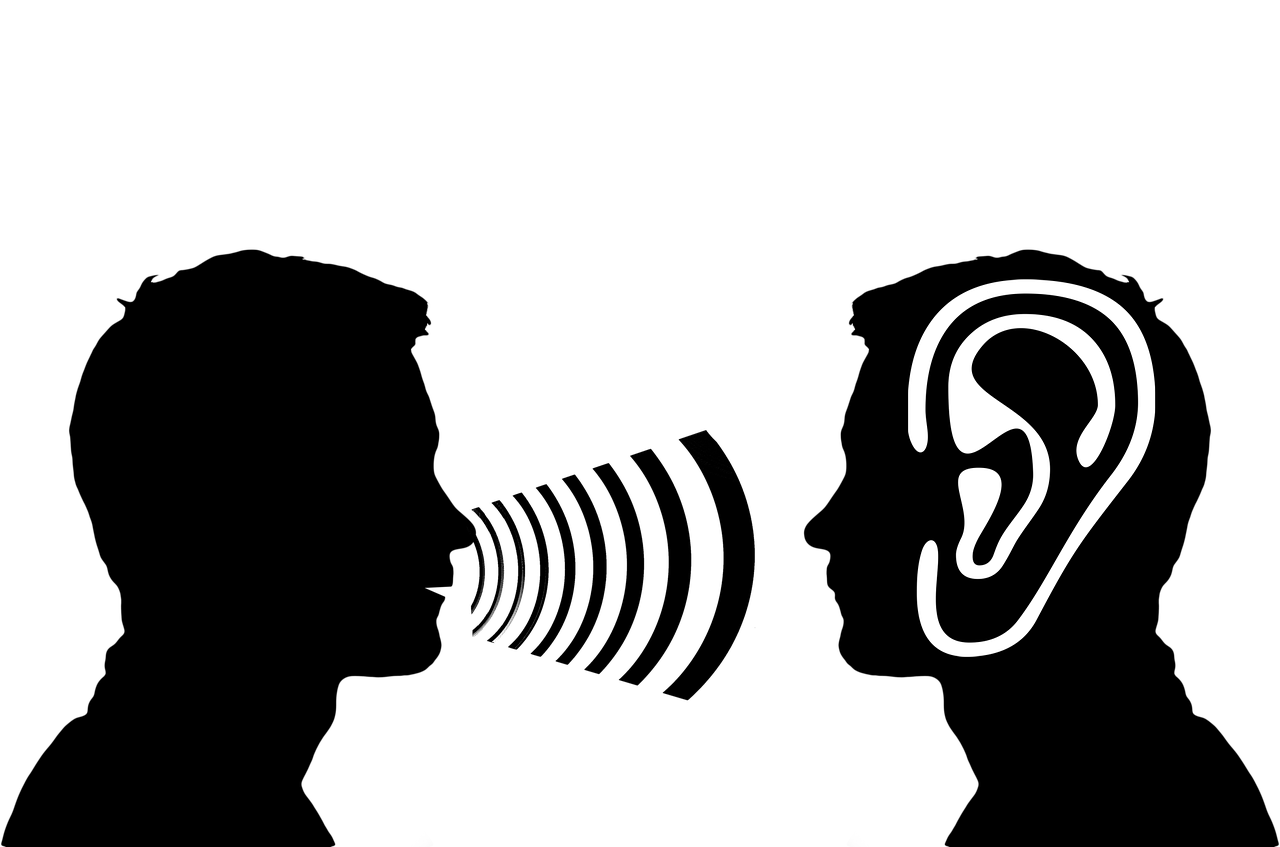
Click below to listen to this article:
Dialectical behaviour therapy
Dialectical behaviour therapy (DBT) is a type of cognitive-behavioural therapy that was developed by Marsha Linehan in the 1980s. It was originally designed to treat people with borderline personality disorder, but it has since been adapted to help people with various mental health problems and emotional difficulties. DBT aims to help people cope with intense and unstable emotions, reduce self-harm and suicidal behaviours, improve interpersonal relationships, and enhance their quality of life.
One of the goals of DBT is to help people achieve self-transcendence, which is the ability to go beyond one’s self-interest and ego and connect with something greater than oneself. self-transcendence can be seen as a form of psychological growth and spiritual development that can foster a sense of meaning, purpose, and well-being. DBT helps people achieve self-transcendence by teaching them four sets of skills: mindfulness, distress tolerance, emotion regulation, and interpersonal effectiveness. These skills help people become more aware of their thoughts, feelings, and sensations; accept and cope with difficult situations and emotions; manage and express their emotions in healthy ways; and communicate and interact with others effectively and respectfully.
How Dialectical behaviour therapy works in practice
A DBT therapy session aimed at self-transcendence is a type of psychotherapy that helps people with borderline personality disorder (BPD) or other mental health conditions to cope with intense emotions and change unhelpful patterns of thinking and behaving. DBT stands for dialectical behaviour therapy, which means finding a balance between accepting oneself and making positive changes. A DBT therapy session usually consists of four key stages:
- Orientation: The therapist and the client review the goals and expectations of the therapy, as well as the rules and agreements for participating in the session. The therapist also explains the main concepts and skills of DBT, such as mindfulness, emotion regulation, distress tolerance, and interpersonal effectiveness. The therapist may use worksheets, handouts, or exercises to illustrate these concepts and skills.
- Diary card review: The client fills out a diary card before each session, which tracks their emotions, urges, behaviours, and use of skills during the week. The therapist reviews the diary card with the client and identifies any patterns, problems, or successes that occurred. The therapist also provides feedback and validation to the client for their efforts and achievements.
- Problem-solving: The therapist and the client prioritize the most urgent or important problems that need to be addressed in the session. These problems may include suicidal or self-harm thoughts or actions, difficulties in relationships, challenges in coping with stress, or barriers to achieving goals. The therapist helps the client to analyse the problem, identify possible solutions, evaluate the pros and cons of each solution, and choose a plan of action. The therapist also teaches the client how to apply DBT skills to solve the problem effectively.
- Summary and homework: The therapist summarizes the main points and outcomes of the session, and assigns homework for the client to practice the skills learned in the session. The homework may include completing worksheets, doing exercises, or applying skills to specific situations. The therapist also checks in with the client about their level of satisfaction with the session and their commitment to continue with the therapy.
Example use cases
Some examples of people who have used DBT to achieve self-transcendence are:
- A person with borderline personality disorder (BPD) who used DBT to reduce their self-harm and suicidal behaviours, and to develop a sense of identity and purpose. They learned to accept themselves as they are, while also working on changing their unhelpful thoughts and actions. They also found meaning and value in helping others who struggle with similar issues.
- A person with depression who used DBT to overcome their hopelessness and low self-esteem, and to increase their motivation and enjoyment of life. They learned to regulate their emotions more effectively, and to tolerate distress without resorting to harmful coping strategies. They also strengthened their relationships with family and friends, and discovered new hobbies and interests that gave them a sense of fulfilment.
- A person with substance use disorder who used DBT to quit their addiction and maintain their recovery. They learned to cope with cravings and triggers, and to manage stress and negative emotions without using drugs or alcohol. They also enhanced their interpersonal skills, and built a supportive network of peers and professionals. In addition, they developed a spiritual connection with a higher power or a personal value system that guided their choices.
Further reading
There are many articles that discuss the use of DBT to achieve self-transcendence. Here are some of them:
How DBT Can Help You Achieve self-transcendence by Dr. Marsha Linehan: https://www.dbtselfhelp.com/html/self_transcendence.html
self-transcendence and DBT: A Path to Greater Happiness by Dr. Karyn Hall: https://blogs.psychcentral.com/emotionally-sensitive/2016/03/self-transcendence-and-dbt-a-path-to-greater-happiness/
The Role of self-transcendence in Dialectical Behavior Therapy by Dr. Alexander Chapman: https://www.sciencedirect.com/science/article/abs/pii/S1077722916300608
Dialectical Behavior Therapy and self-transcendence: A Qualitative Study by Dr. Jennifer Sayrs: https://www.tandfonline.com/doi/abs/10.1080/10503307.2017.1408973
self-transcendence in DBT: A Review and Future Directions by Dr. Sarah Reynolds: https://www.researchgate.net/publication/341614447_self-transcendence_in_DBT_A_Review_and_Future_Directions

0 Comments